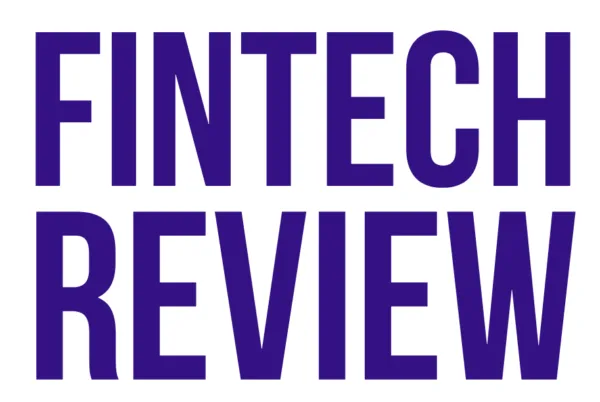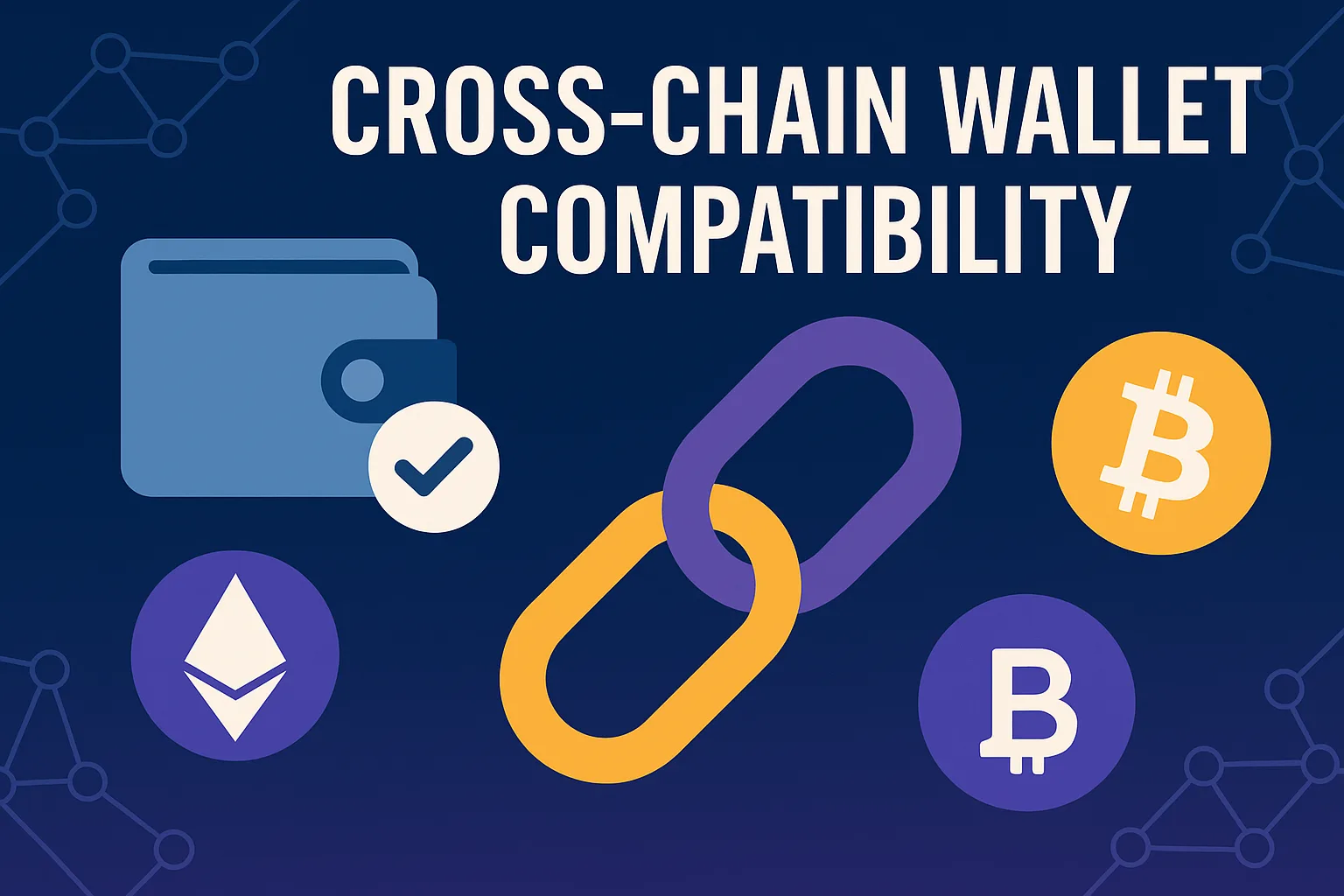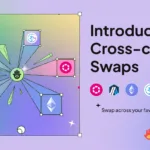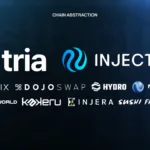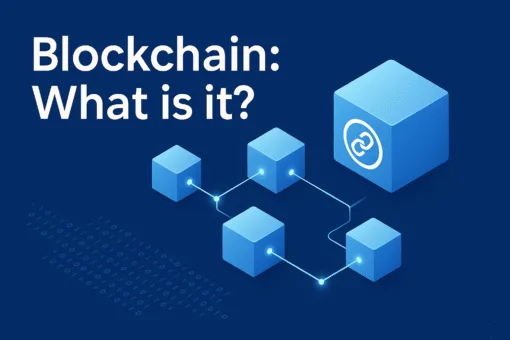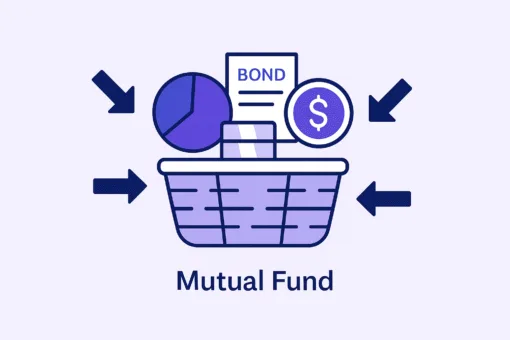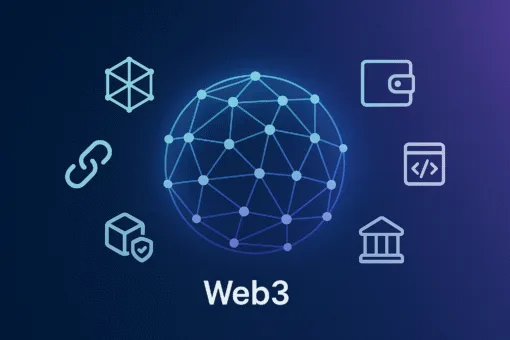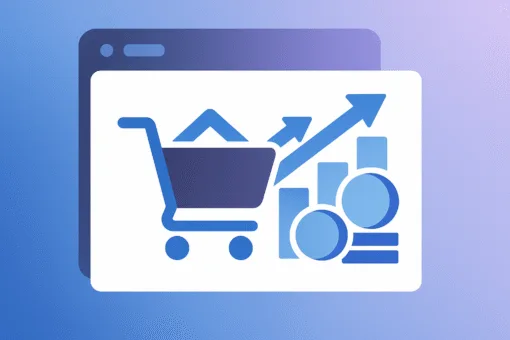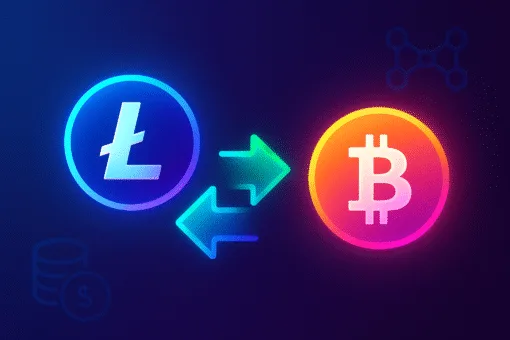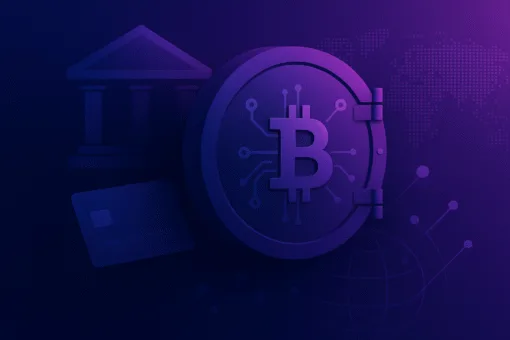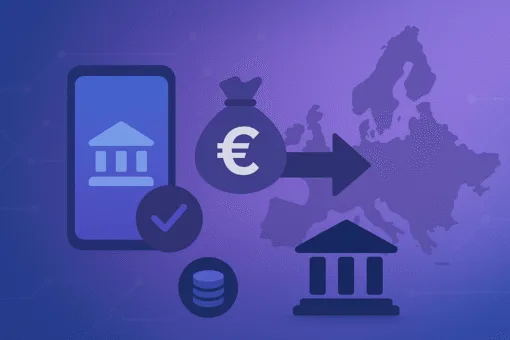As Web3 evolves, users are no longer confined to a single blockchain. They hold tokens on Ethereum, farm yield on Arbitrum, mint NFTs on Solana, and swap assets on Avalanche. In this fragmented landscape, cross-chain wallet compatibility has become essential. Without it, navigating the decentralised world becomes clunky, disjointed, and filled with unnecessary friction.
In 2025, the best crypto wallets do more than store private keys. They serve as multi-chain command centres, enabling users to view, manage, and interact with assets across different networks in a unified experience. True cross-chain compatibility is about more than supporting multiple chains. It means connecting them in real time, facilitating cross-chain actions, and adapting to rapidly shifting ecosystems.
What Cross-Chain Compatibility Means in Practice
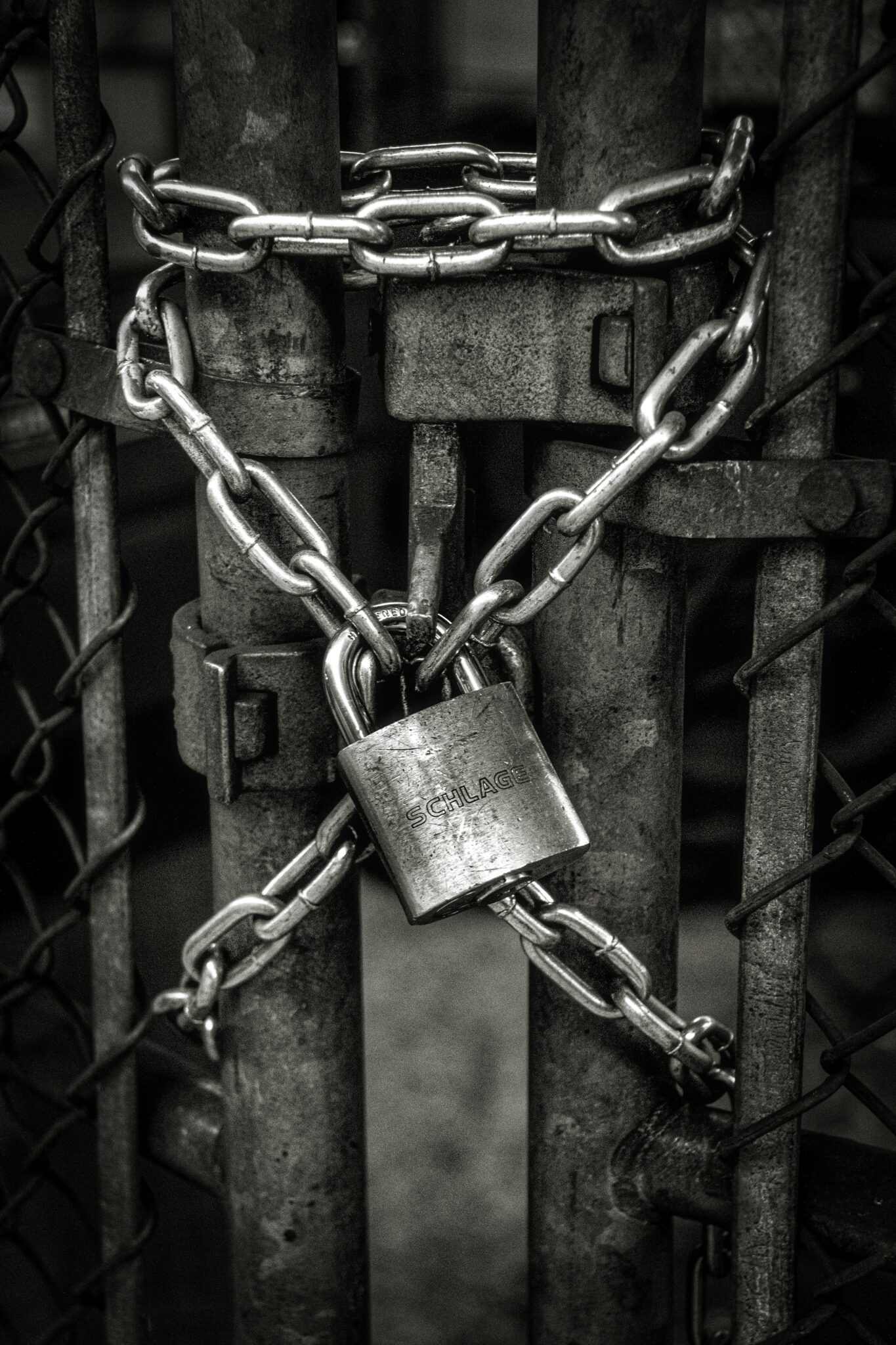
At its most basic level, cross-chain compatibility refers to a wallet’s ability to support multiple blockchain networks. However, in practice, it goes much deeper. A truly compatible wallet must not only recognise assets on various chains but allow users to sign transactions, switch between ecosystems, and engage with cross-chain dApps from a single interface.
Modern wallets are expected to support:
- Multiple EVM and non-EVM chains
- Automatic RPC configuration
- Native asset bridging and swaps
- Cross-chain staking and NFT management
- Interaction with Layer 2s, sidechains, and appchains
Rather than treating each network as a separate account, cross-chain wallets present a unified user experience that abstracts the complexity of blockchain differences.
Why Wallet Compatibility Matters for Users

For end users, the difference between a siloed wallet and a cross-chain-compatible one is significant. Without compatibility, users must switch between wallets, import seed phrases repeatedly, and manage multiple browser extensions. Each additional step introduces confusion, fragmentation, and potential risk.
With cross-chain compatibility, users can:
- Manage their crypto portfolio holistically
- Avoid repetitive setup and bridging processes
- Interact with multi-chain dApps like cross-chain DEXs or NFT marketplaces
- Reduce gas costs by transacting on the most efficient network
- Minimise errors from manually configuring chain settings
Wallets that support smooth cross-chain interactions reduce friction and create a more accessible entry point for both new and advanced users.
The Technology Behind Cross-Chain Wallets

To deliver a seamless experience, cross-chain wallets rely on several layers of technology. Most start with support for multiple chain IDs and RPC endpoints, allowing for native asset management. Beyond that, leading wallets integrate bridge APIs, on-chain messaging protocols, and transaction relayers.
Some wallets are adopting universal standards, such as WalletConnect v2, which supports multiple chains in a single session. Others use embedded bridging solutions, like those powered by LI.FI, LayerZero, or Axelar, to enable in-app swaps and transfers across chains.
Meanwhile, smart contract wallets are introducing automation and programmability to the process. These wallets can batch actions across chains, sign transactions with multisig logic, and allow pre-authorised relays, all of which contribute to faster, safer, and more powerful cross-chain interactions.
Leading Wallets Setting the Standard

Several wallets stand out for their cross-chain functionality.
Rabby, developed by DeBank, offers a browser-based experience that auto-detects which chain a dApp is using and adjusts accordingly. MetaMask remains the most widely used Ethereum wallet and now supports more networks via custom RPCs and bridge integrations.
Trust Wallet offers native support for dozens of blockchains, including Bitcoin, Solana, and Cosmos chains. Meanwhile, wallets like OKX and Taho are combining DeFi features with bridge access and multi-network integration.
The rise of mobile-first wallets is also pushing cross-chain design forward. Apps like Zerion and Rainbow now allow users to manage DeFi positions, NFTs, and tokens across several chains from a single screen — with fewer steps and smarter automation.
The Road Ahead for Web3 Wallets

Cross-chain wallet compatibility is not just a convenience, it is becoming a competitive necessity. As the average user interacts with more protocols across more networks, the expectation for a unified experience will grow. Wallet providers will need to support emerging chains quickly, adapt to new standards, and integrate tools for bridging, staking, and on-chain identity.
Looking forward, we can expect deeper integration between wallets and cross-chain protocols. Users will be able to initiate a swap on one chain and receive the output on another, with the wallet managing the entire flow. We will also see growing use of account abstraction, letting users automate multi-step actions across chains with minimal input.
Final Thought: One Wallet, Many Chains
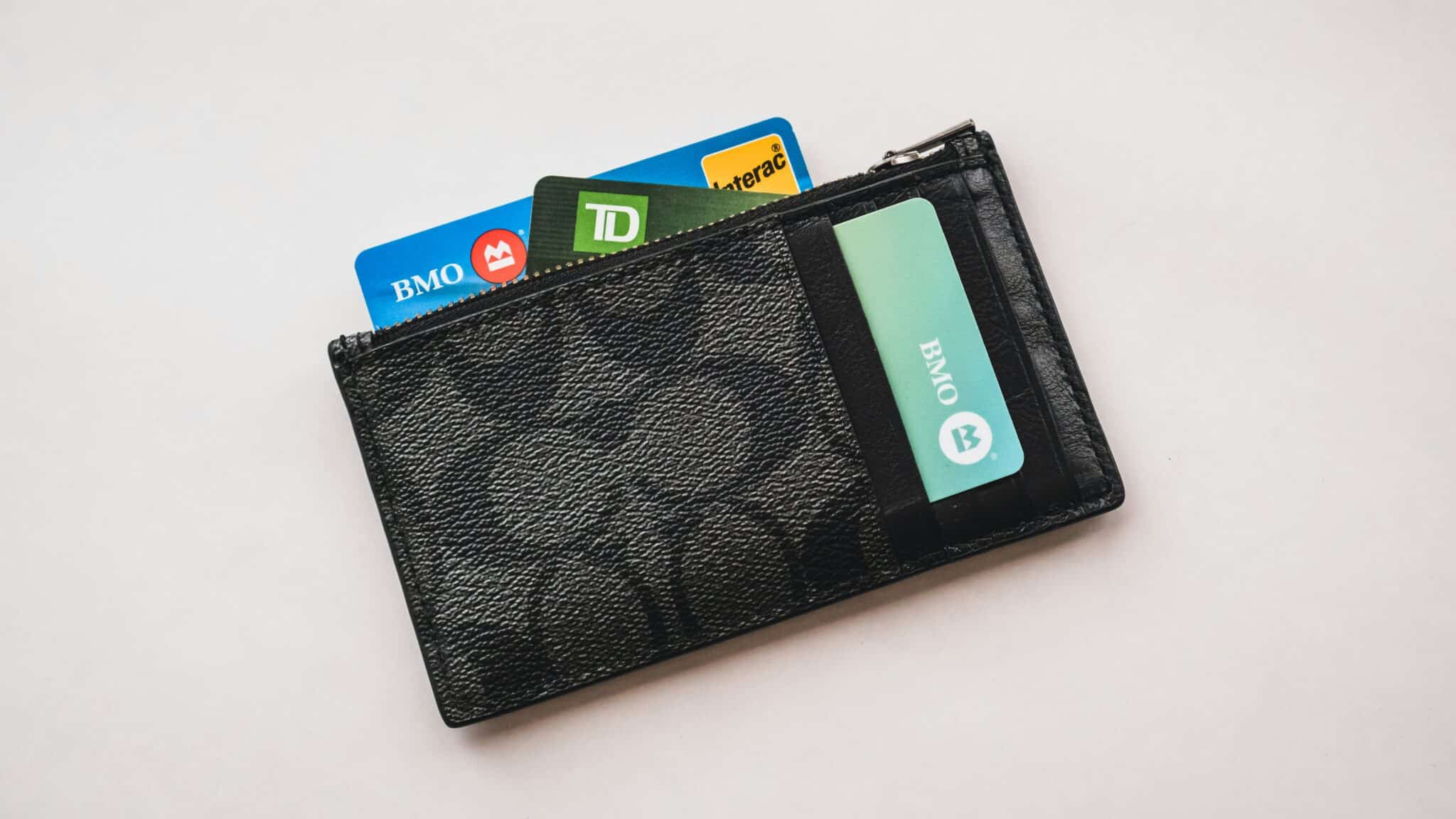
As blockchain ecosystems expand, cross-chain wallet compatibility will define the user experience in Web3. A wallet that works seamlessly across networks is more than a utility. It is the gateway to the full potential of decentralised finance, identity, gaming, and beyond. In a world where chains are interconnected and users demand fluidity, the wallets that bridge these gaps will shape the future of crypto adoption.
